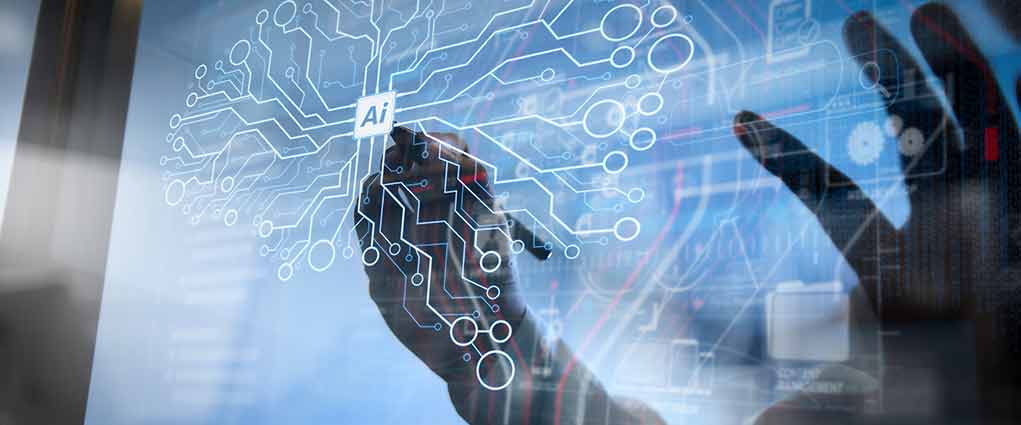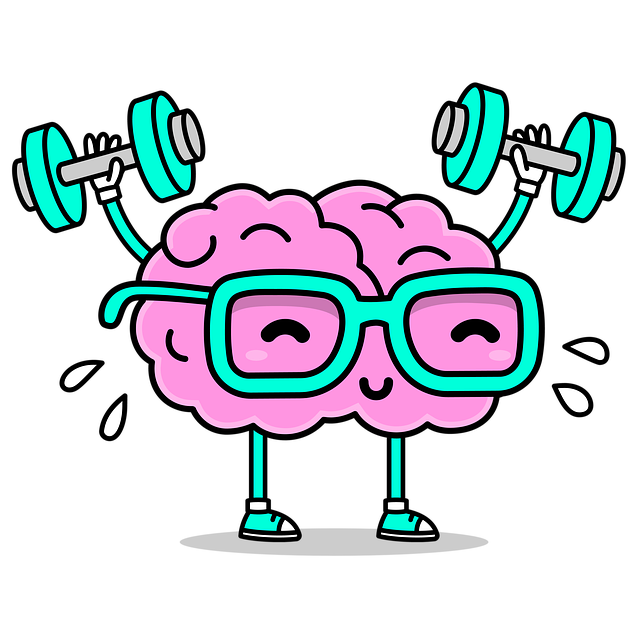
A North Carolina mother of two credits the artificial intelligence tool ChatGPT for discovering a condition that led to her cancer diagnosis after multiple doctors dismissed her symptoms as common ailments.
Top Takeaways
- Lauren Bannon’s cancer was discovered after ChatGPT suggested she might have Hashimoto’s disease, when doctors had only diagnosed her with rheumatoid arthritis and acid reflux.
- Despite negative tests for rheumatoid arthritis, doctors continued with this diagnosis until Bannon insisted on testing for the AI-suggested condition.
- An ultrasound ordered after her Hashimoto’s diagnosis revealed two cancerous lumps in her neck, leading to thyroid removal surgery.
- Medical experts caution that while AI tools can be valuable for generating health awareness, they should not replace professional medical consultation.
When Doctors Miss Critical Signs
Lauren Bannon experienced mounting health concerns including difficulty bending her fingers, severe stomach pains, and a dramatic 14-pound weight loss in just one month. Despite these alarming symptoms, medical professionals repeatedly diagnosed her with rheumatoid arthritis and acid reflux. Their diagnoses persisted even after tests for rheumatoid arthritis came back negative. Frustrated with the lack of answers and deteriorating health, Bannon turned to an unconventional source for guidance – ChatGPT, the artificial intelligence chatbot developed by OpenAI.
“I felt let down by doctors. It was almost like they were just trying to give out medication for anything to get you in and out the door,” said Bannon.
Woman says ChatGPT saved her life by helping detect cancer, which doctors missed https://t.co/op5H2SmiBc
— Fox News (@FoxNews) April 24, 2025
AI Steps In Where Medicine Failed
Desperate for answers, Bannon described her symptoms to ChatGPT, which suggested she might have Hashimoto’s disease – an autoimmune condition affecting the thyroid that wasn’t on her doctors’ radar. Despite initial resistance from her physician, Bannon insisted on being tested for the condition. The test results confirmed ChatGPT’s suggestion, revealing she did indeed have Hashimoto’s disease. This diagnosis prompted doctors to conduct further testing, including an ultrasound that discovered two small cancerous lumps in her neck, leading to a cancer diagnosis that might have otherwise gone undetected.
Treatment and Recovery
Following her cancer diagnosis, Bannon underwent surgery to remove her thyroid and two lymph nodes. She will require ongoing monitoring to ensure the cancer doesn’t return. Bannon believes the AI tool’s suggestion was crucial for her early diagnosis, especially since she lacked many of the typical symptoms associated with Hashimoto’s disease. The early detection has significantly improved her prognosis and treatment options. This unexpected intervention by artificial intelligence has potentially saved her life by directing medical professionals toward the proper testing that ultimately revealed her cancer.
The Future of AI in Healthcare
While Bannon now advocates for using AI tools like ChatGPT to help navigate health concerns, both she and medical professionals emphasize that artificial intelligence should complement, not replace, professional medical care. Dr. Harvey Castro, an emergency medicine physician with expertise in healthcare AI, supports using these technologies for raising awareness and prompting action but stresses their limitations. The case highlights both the potential benefits of AI in healthcare and the importance of patients advocating for themselves when traditional diagnostic approaches fail to provide answers.
“AI is not a replacement for human medical expertise. These tools can assist, alert and even comfort — but they can’t diagnose, examine or treat,” said Castro.
Bannon’s experience represents a significant moment in the integration of artificial intelligence with traditional healthcare systems. It demonstrates how technology can empower patients to take a more active role in their healthcare journey, especially when facing diagnostic challenges. While her case is remarkable, it also raises important questions about the state of modern medicine and how emerging technologies might address gaps in current diagnostic processes and provide greater assistance to medical professionals.

















